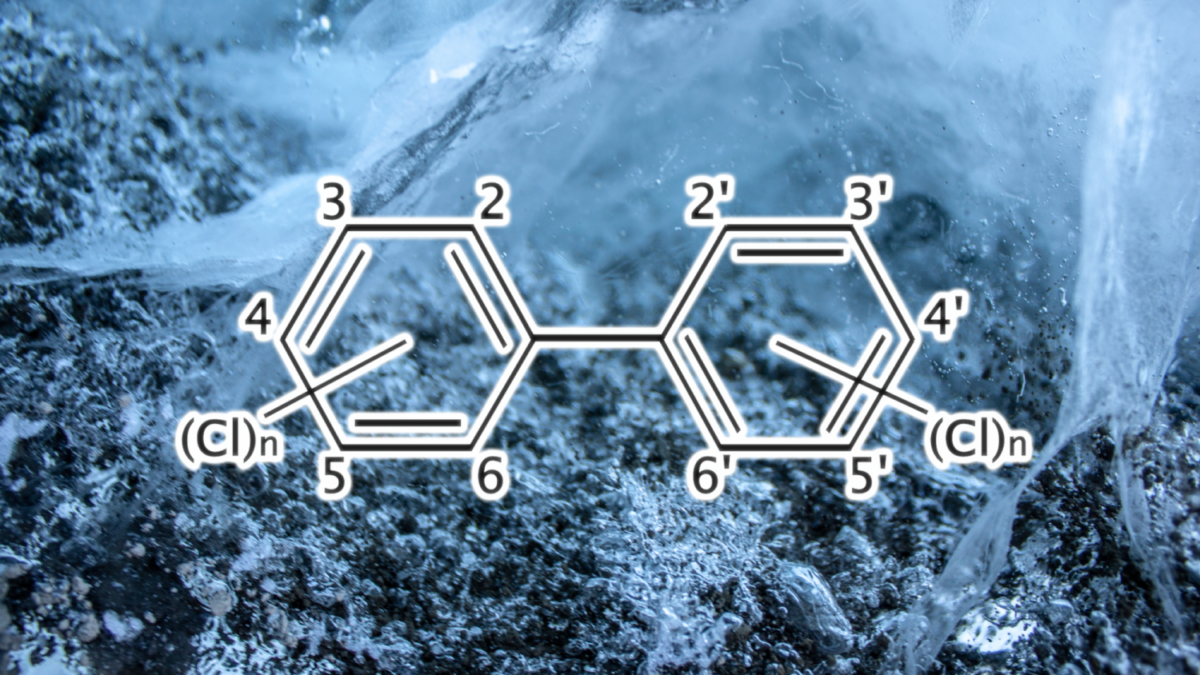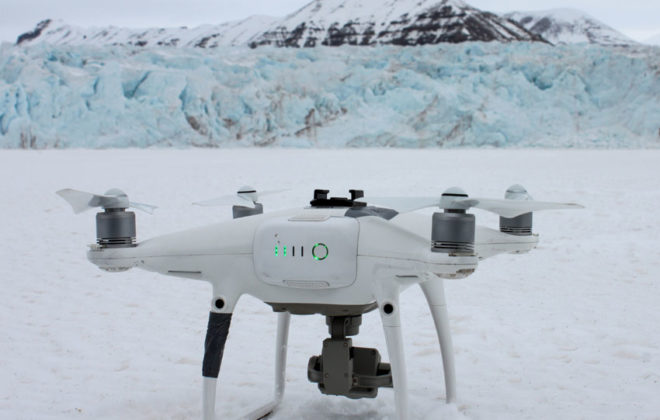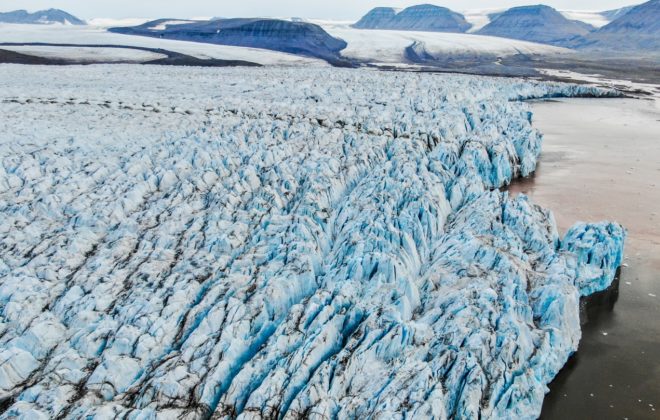Finding industrial pollutants in the Arctic and the Antarctic
I have been contributing to a paper that was recently published, where we investigated industrial pollutants found in locations in the Arctic and the Antartic. We analysed ice and firn cores from glaciers and ice sheets for polychlorinated biphenyls (PCBs) from two sites – one of them in Svalbard and one in East Antarctica.
PCBs are an organic compound that has been used for a wide range of industrial applications, e.g. for coolants, electric transformers, paint, or plastics. PCBs are environmentally toxic and can cause cancer in humans. In addition, PCBs degrade very slowly, which means that they can survive for a long time in the environment and accumulate in living organisms (e.g. fish). For this reason, most PCBs have been banned in 2001 by the Stockholm Convention on Persistent Organic Pollutants.
Because of the longevity of these chemicals, they are still commonly found in the environment and in food-chains. In addition, PCBs are subject to long-range atmospheric transport – this means that these chemicals can be transported through the air for very long distances. Our study looked at samples taken from remote locations near the North and the South pole. In both locations, we found significant levels of PCBs. Because there are no (or negligible) sources for PCBs in these areas, we believe that the pollutants must have been transported by the air. This proves, that still today there are very large amounts of PCBs to be found in nature and they pose a real threat to the environment and humans.



